Are you getting tired of all these fungus gnats? Looking for a better, low-maintenance way to keep your indoor plants happy? Leca could be the solution for you! It has several benefits, including fewer pests, a higher success rate with propagation, and generally easier maintenance and care for your plants than in soil. Let’s discuss, what is leca.
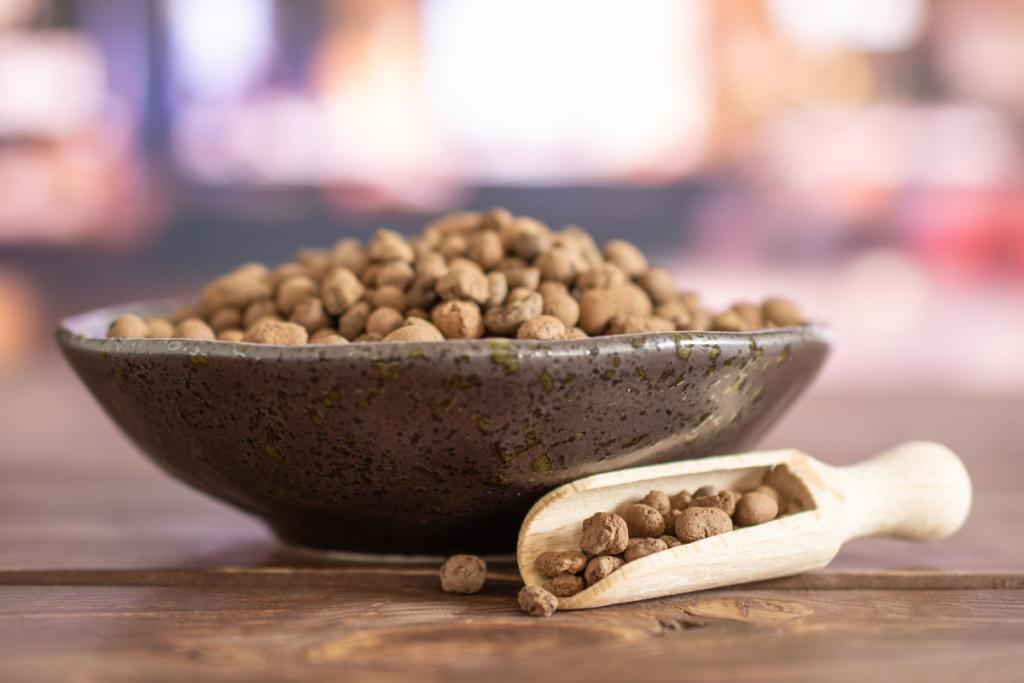
Continue reading this article to learn more about Leca, its pros and cons, and how to properly use it over various plants.
What is Leca exactly?
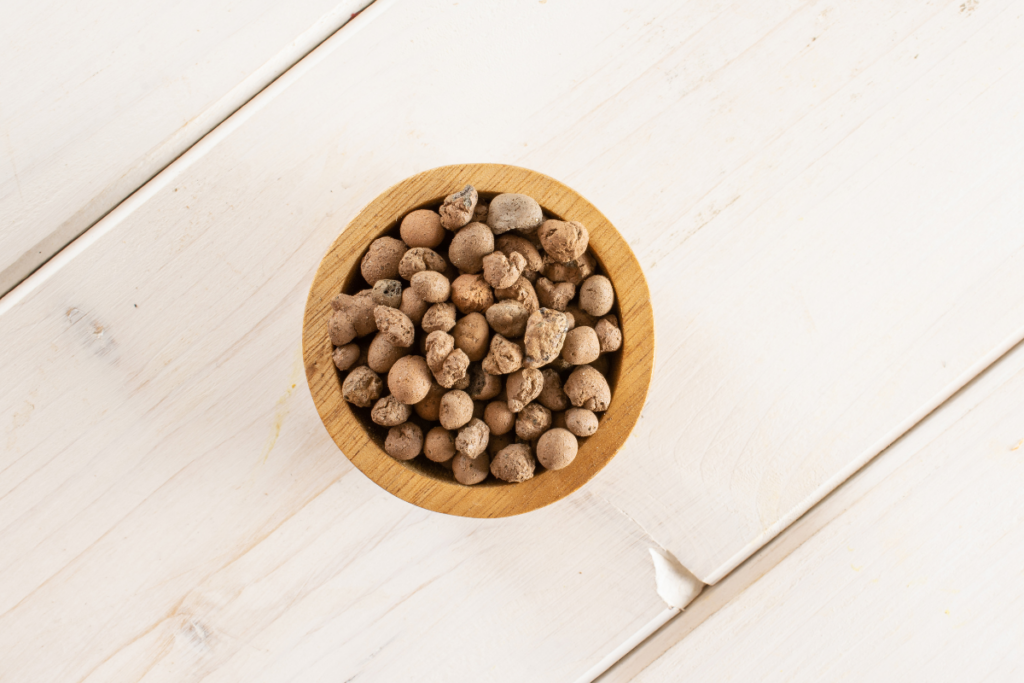
Leca has been gaining more popularity as a growth medium for indoor plant lovers and for people who need more efficient and fresh plant care techniques and strategies. The search for novel plant care tricks is mainly due to the hectic and fast-paced world we are currently living in.
Leca is actually an acronym that stands for Lightweight Expanded Clay Aggregate. It was created in 1917 in Missouri and has been utilized not just in planting but in construction, landscaping, water treatment, and agriculture for the improvement of drainage as well.
It is a porous, absorbent clay pellet that essentially just helps distribute water to the plants (as well as its added nutrients, if any) and at the same time absorbs and holds moisture inside the container. This makes watering way easier. Take note, however, that your plant will still need nutrients, so you’ll need to add nutrients to the water.
RELATED: A Necessary Guide on How to Use Moss Pole For Houseplants
How is Leca created and how do they work?
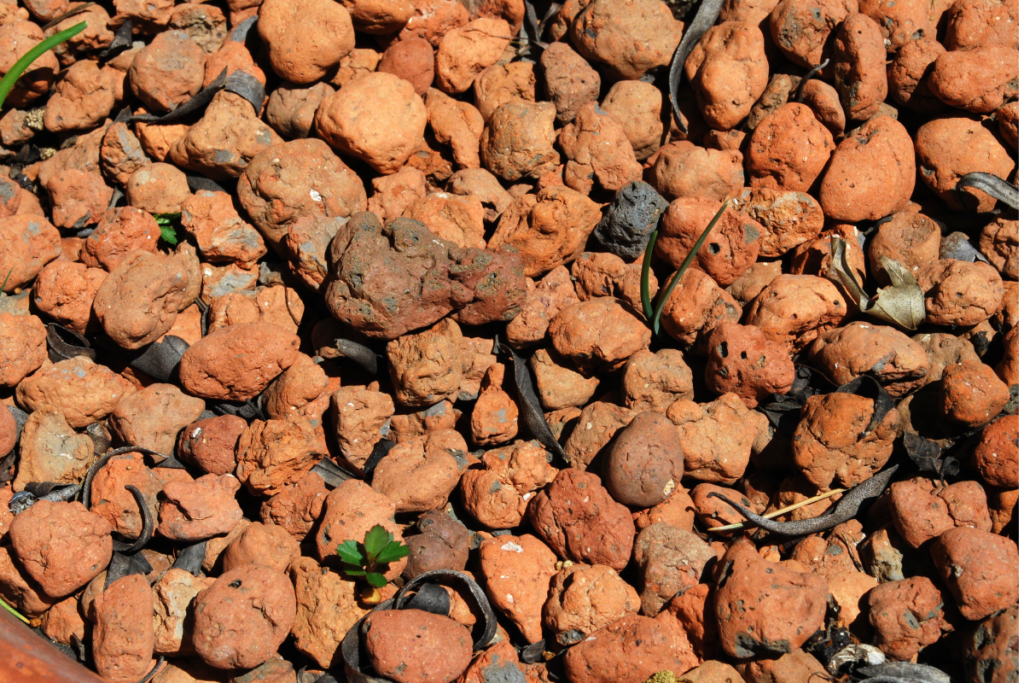
Leca actually looks like brown balls with dark brown to black spots. This is because they are produced by heat which breaks them and gives them their ball shape. As they are heated, making them porous throughout. That is why they are the best choice in delivering water and moisture without the worries of overwatering.
When these balls absorb water, they make use of a phenomenon called capillary action, wherein the liquid automatically adheres to the cavities and is moved upward via the porous networks. It works just like how the plant system delivers its water and food to different plant parts.
Do you still need to utilize fertilizer when you use Leca?

As mentioned above, plants still need nutrients to thrive and survive. However, unlike soil, Leca is made up of inorganic material that does not provide nutrients. Therefore, fertilizers are added to the water so plants would still receive nutrients using this efficient medium.
Hydroponic fertilizer or nutrients are the usual choices given to plants on Leca. These provide all the necessary vital ingredients for your plant in order to grow and thrive. Just make sure to follow the correct instructions and recommendations suited for your plant.
Why is Leca helpful in growing your plants?
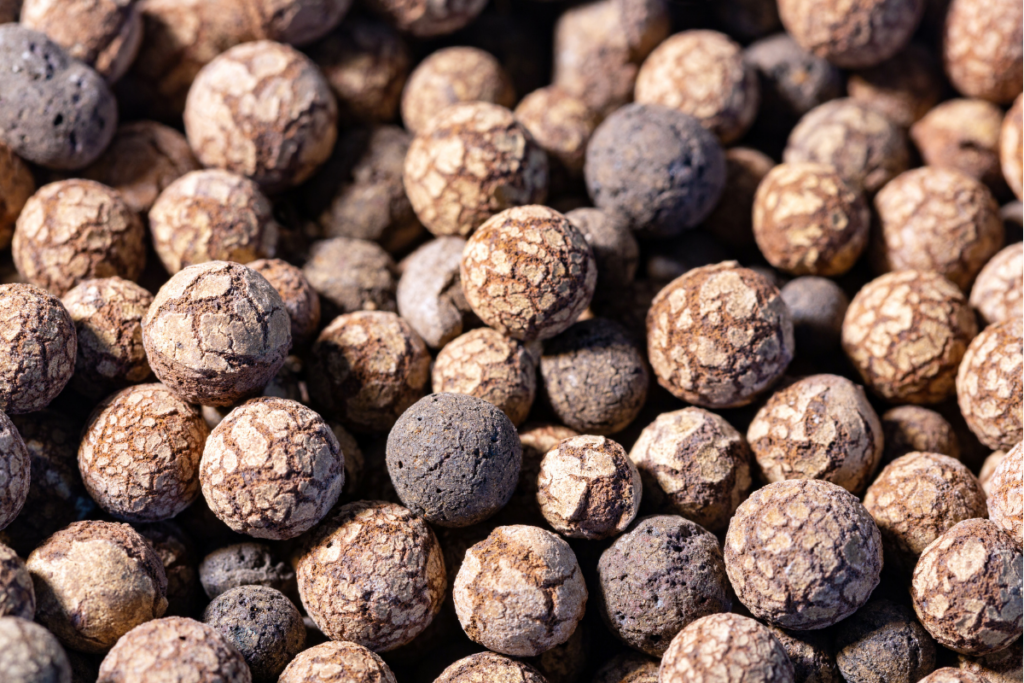
Still, having second thoughts on using Leca? We are just about to get to the exciting part! In this section, you will read about the benefits and Leca’s cons in relation to your beloved plant babies. Some of its noted benefits include:
- More accessibility to water your house plants
- Less risk for root rot
- Less chance of getting pests
- Easier to check in on your plants
Let’s go over them one by one!
1. More accessible to water your plants
One of the most important parts of caring for your plant is watering them. Watering is crucial because doing them too often or too seldomly puts the plant’s health at risk. Overwatering may cause several problems, such as root rot, while underwatering can cause your plant to yellow.
When you use Leca, you create a false bottom or a safety net that will raise your plant roots from the bottom of the pot. So instead of your root absorbing all the excess water (in cases of overwatering), Leca will absorb them instead. Likewise, if your plants are thirsty, they can sip on the water that has been soaked into the clay balls.
Having this system puts your plant in charge where they can absorb moisture at their own pace, ideal for their own health. After all, your plant knows best what it needs in order for it to stay alive. This can be very helpful, especially for beginners who find using soil as a medium very tough.
2. Less risk for root rot
When using soil, you often base your watering on the soil’s appearance or general texture. This is why often overwatering and underwatering is done because the process is very subjective. And we all know that overwatering causes the most mortality of plants – root rot.
Watering becomes so much simpler when using Leca because the burden of overwatering is removed or, if not lessened. Since the clay balls absorb excess water, the plant won’t be drowned. And in case the clay balls are already full of water, the additional water will go to the bottom of the pot. There is no need for proper drainage holes when you use Leca balls.
Since the Leca clay balls also have many air gaps, which helps the plant’s roots get their desired amount of oxygen. Lack of oxygen is also a very common reason for root rotting, and leca solves this without worrying about how much work should be done.
3. Less risk of getting pests
As mentioned above, Leca makes your plant more in charge. They can choose when to drink and when to avoid too much water. Essentially, Leca makes it impossible to overwater your plants, which makes the chances of getting root rot very low.
Consequently, bugs won’t be attracted to your plant’s root rot if there are none. Fewer bugs attracted means there would be fewer plant pests. In addition, Leca is made from an inorganic material, creating a poor growth medium for many organisms, including pests, fungus, molds, and bacteria.
4. Easier to check in on your plants
When you’re using soil as your plant medium, you’ll only see your plants’ roots by the time you repot them. In between that, you won’t really know or see how they are doing.
On the other hand, when you use Leva, you’ll be able to look at them every day if you wish to. Although this may cause some stress to your plant, it may be helpful in some instances, like knowing when to clean or at least rinse your clay balls. This also allows you to see your roots’ progress and make the needed adjustments accordingly.
Checking in on your plant does not only prevent certain deaths but can also build your bond with your plant babies more!
RELATED: 13 Easy Cat-Safe Plants For Your Innoxious Indoor Garden
Cons of growing plants in Leca
Now that we’ve touched on the most important points for the benefits of Leca, it’s time to assess their cons. Of course, no medium will be 100% perfect for your plant, so it is important to weigh which factors matter more to you and to your beloved plants.
The first con of Leca is probably its initial cost. It is more expensive than a bag of soil. However, it is a good investment since, in the long run, it will cost you less money. In addition, you’ll have to buy additional fertilizers to use occasionally.
Another problem with leca clay pebbles is their universality. Unlike soil, some plants are unsuitable for this growing medium, especially plants with extensive root systems or that love acidic environments.
How do you prepare Leca for usage?
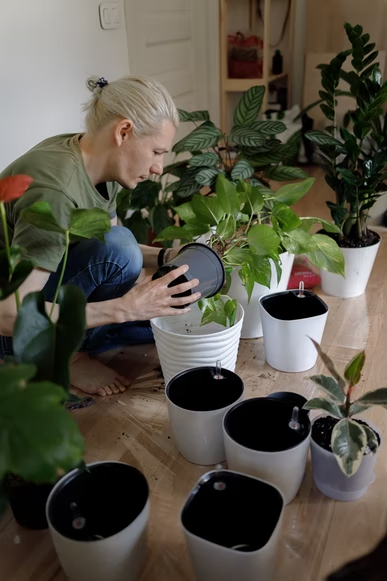
Now that we have seen all the typical pros and cons of Leca, you might be thinking about where and how to start. Arranging your growth medium is very important to facilitate your plant growth, especially in the case of Leca. You need to provide space at the container’s bottom to keep the plant roots from getting into the water and avoid root rotting.
To prepare, you will be needing the following:
- Water
- pH balancer
- pH tester
- Hydroponics fertilizer
- Leca balls
- Your plant that has clean roots (free of soil)
- Net pot
- Non-porous pot like glass, plastic, or ceramic
Once all these items are in hand and prepared, you can use the following steps as your guide:
- The first step is to clean your Leca balls or pebbles from dust. Then, you can rinse them and dry them for a few days, or at least a day before using them for planting.
- Test the pH of the water and add the necessary balancers and liquid fertilizers. You can wet the expanded clay using the fertilizer water before putting it to the pot to start the process.
- Fill ⅓ of the net pot with Leca pebbles.
- Put your plant in the latter ⅔ of the container, then fill it up with Leca pebbles the same way you would with soil. Make sure that it holds the plant in place.
- Put water to the outer non-porous pot. Fill it up until it reaches the layer of Leca at the bottom.
- Place the net pot into your chosen outer pot
The Leca-filled net pot lets you see how much water you are putting into your chosen outer pot. It also serves as a divider to make it easier to clean the Leca.
How to Clean the Leca
Recommended cleaning time for Leca medium is monthly. The cleaning process, known as flushing, is important so that the excess nutrients and minerals from the fertilizer don’t clog the pores of the pellets or clay balls. Clogging the clay balls will disrupt their ability to hold and transfer water to the plants, making them both dry.
Flushing also helps keep buildup off of the roots themselves. Fertilizer residues might damage the plant’s roots, especially when they dry out. RInsing the root is also helpful to avoid these problems.
Do plants grow better in soil or in LECA?
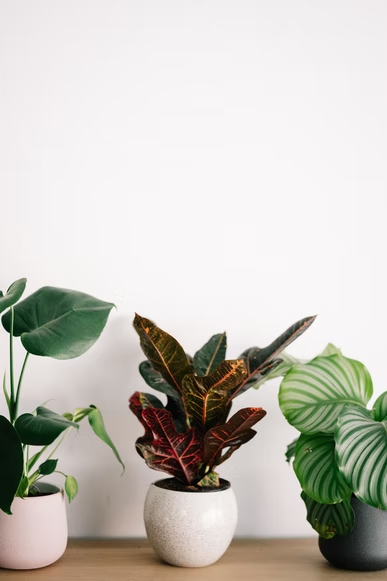
LECA balls have their pros and cons. Depending on many external factors, it could do great to your plants or worsen them. Leca has its strengths and weaknesses. Ultimately, your choice depends on what your plant needs.
Generally, plants that are grown using LECA are healthier as compared to those planted in soil. It is because of the additional oxygen that the roots can get due to the well-aerated spaces that the balls can give to your plants. Good aeration means fewer rotting roots and diseases. It also means that fewer pests can thrive because the environment is not soaking wet.
The problem with soil is that it can get so compacted and waterlogged over time. This is not good for plants because an overly moist environment encourages pest and microorganismal growth, leading to many bacterial and fungal infections. In addition, in a waterlogged environment, root rotting is prone to happen, which can cause death to plants.
How often do you change LECA balls?
One good thing about LECA is its low maintenance and long-lasting durability. Since they are made of inorganic material, they will not easily get broken down as your organic potting medium. As a result, your LECA balls can serve you for years with proper usage and maintenance.
With soil, the general rule is that it should be refreshed every one to three years to keep your plant healthy and thriving. With LECA, you eliminated this need. You do not need to repot your plant grown in LECA unless it already outgrew its container. You can use your balls over and over again until they all get spent up by plants.
How do you transition plants from soil to your Leca?

If you have ever decided to change your growing medium from soil to LECA, you must know the basics of LECA care and maintenance. Transitioning from soil to LECA may be easy, but there are crucial steps that you must not forget to get the benefits fully.
Before putting your plants to LECA, you must first rinse your LECA with water to wash away dirt and chemical traces, if there are any. Then, soak your balls afterward to bring in moisture. This is an important step because LECA balls are highly absorbent. Therefore, if they are dry, they can absorb the water inside your plants, making them dry and crispy.
Once your LECA balls are moistened well, put your plant into it. Add a nutrient solution to support your plant’s growth and development. Continue with your plant care and wait for your plant to stabilize in its new growing medium.
How often should you water plants in LECA?
Just like using soil, you also need to control your watering in LECA to avoid further complications. Although overwatering is less in LECA, it can still be a possibility. The frequency of watering plants in LECA varies depending on the environmental conditions and the size of your plants.
Generally, watering your LECA plants is easier than grown in soil. As a rule, six inches or less plants need watering only once every two to three weeks. You can do it by simply adding water directly to the plant’s container.
Do not ever let your LECA balls get dried up. These balls need constant moisture. Letting it completely dry leads to sucking up the water inside your plants. So keep an eye on your LECA, and moisten it as necessary.
How often should you flush LECA?
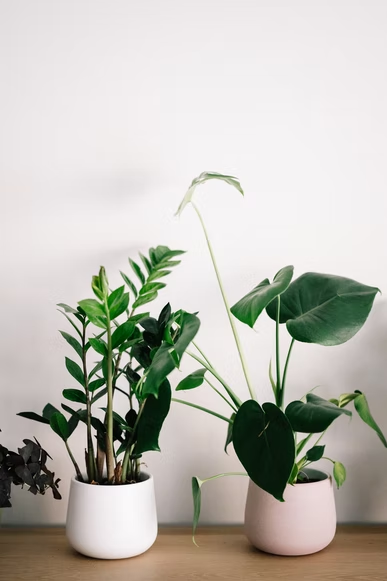
Over time, you will notice white specks on your LECA balls. Usually, you will see these at the top of your pot. You might think these are bugs or molds but never worry too much because the specks you see are mineral buildup accumulated over time. These can be easily removed in the process known as flushing.
You can flush your LECA balls at least once every two months, depending on how quickly minerals accumulate. Flushing is done by letting the water run down to the LECA balls for a while until all the minerals are flushed down. You can do this easily on the sink.
Remember that after every flushing, replenish the nutrients by adding a nutrient solution. Do not let your LECA balls dry up completely, or it will be your plant that will suffer from dehydration. Believe us when we say, you don’t want that to happen to your plants.
Conclusion
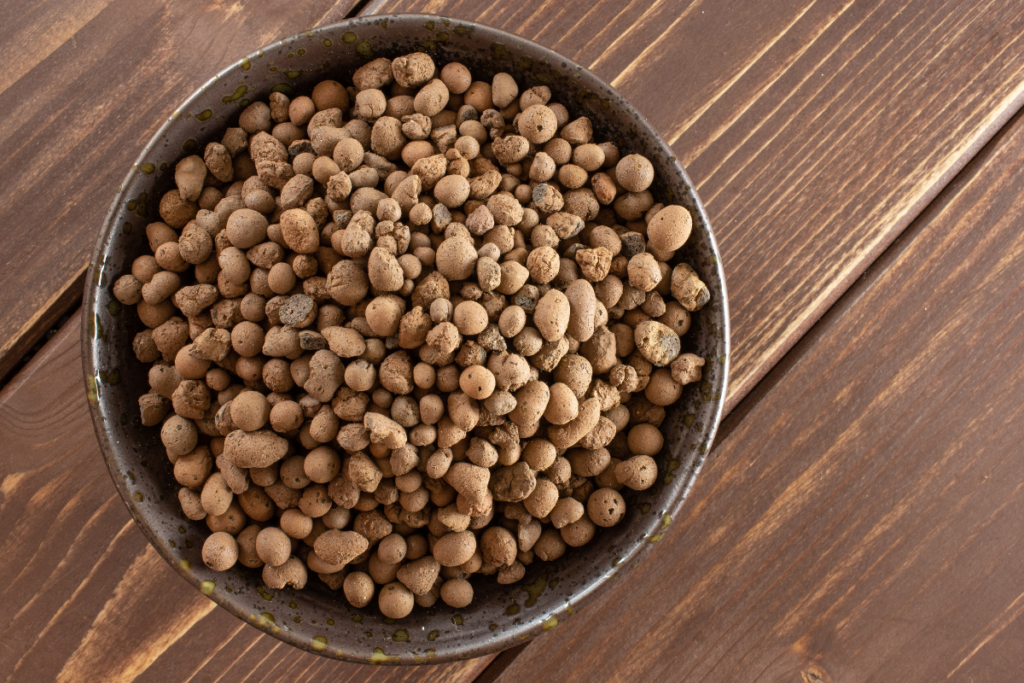
Leca stands for Lightweight Expanded Clay Aggregate. They are clay balls that expand when soaked in water. LECA balls are considered a great medium to grow plants in. It makes watering much easier, reduces the risks of getting root rot and pests, and makes checking in on your plants easier.
Although not all plants are for Leca medium, a lot of plants would benefit from them by following the simple steps above–preparing the medium, cleaning the medium and the plant, and maintaining their cleanliness. Ensure not to forget the liquid fertilizer as your plants need it too.
Hopefully, this article has given you the necessary information for you to try out this currently popular and efficient medium!
Editor’s Recommendations
Importance of Soil pH and Nutrient Availability for Plant Health
What are the Effective Ways to Fix Nitrogen Toxicity in Houseplants?







